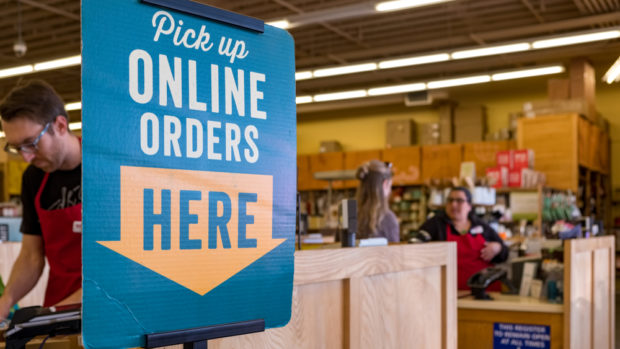
As someone who’s worked with a huge variety of brands over the years, a particular mantra that has stuck with me is this: complacency is devastating. That’s because no matter how iconic or successful a company may be, resting on past achievements and failing to move with the times is a recipe for failure.
Tupperware’s recent bankruptcy is a perfect example of how even a household name can crumble if it doesn’t keep up with change. Once a pioneer, Tupperware built its legacy on innovation and community selling through ‘Tupperware Parties’.
But the world moved on, and it seems Tupperware didn’t move with it. It can be argued that it failed to adapt to the vast opportunities in eCommerce, as well as sustainability demands and shifting consumer habits. Cheaper competitors and digitally savvy brands overtook them, leaving Tupperware behind.
So, how can other retail giants avoid the same fate? Here, in my opinion, are a few things Tupperware could have done better.
1. Embrace sustainability
Consumers today expect brands to care about the environment. Tupperware missed a chance to lead in eco-friendly homeware by sticking with traditional plastic designs. Brands that prioritise sustainability in their materials and packaging will attract more eco-conscious consumers. This shift is no longer optional, it’s essential for survival.
2. Diversify product lines
Tupperware kept selling the same or similar products for decades, even though consumers’ needs changed. Urban living, smaller kitchens, and busier lifestyles created demand for new solutions, but Tupperware didn’t evolve. Retailers need to continuously adapt their offerings to fit modern living, whether that’s modular designs, smart kitchen products, or customisable options.
3. Leverage digital channels
In today’s retail landscape, a strong online presence is a must. But Tupperware’s failure to embrace eCommerce left it vulnerable to more agile competitors. In this day and age, brands must invest in seamless digital platforms – using social media, content strategies, Digital PR and more to engage customers. A robust digital strategy that delivers ROI is a must.
4. Reinvent customer experiences
Tupperware Parties were revolutionary in their time, but the concept became outdated. Consumers now crave interactive, digital-first experiences. So, brands must create engaging ways to connect with customers, like virtual events, personalised shopping, or influencer-driven campaigns. Fresh, dynamic experiences can build loyalty and excitement around your brand and open new markets.
5. Collaborate with other brands
Collaborations are a powerful way to reach new audiences and give your brand a new lease of life. For Tupperware, that could have meant partnering with health influencers or trendy lifestyle brands to attract younger consumers. Retailers that collaborate with the right partners can create buzz and expand their reach.
6. Capitalise on health and wellness trends
The health and wellness market is booming, and Tupperware missed out on this growing trend. Products geared toward meal-prepping, portion control, or fitness – all relatable, popular and engageable trends – could have attracted a new wave of health-conscious buyers. Brands that align with wellness trends will tap into a lucrative and fast-growing market.
7. Never stop innovating
But perhaps Tupperware’s biggest mistake was assuming that past success guaranteed future relevance. Brands must constantly innovate, whether through new products, digital transformations, or bold marketing strategies. The companies that take risks and embrace change will be the ones that thrive.
Complacency most definitely is devastating. At our agency, we’ve had to adapt ourselves, evolving from traditional PR to a search-driven content agency, because the shifting marketplace made it so; client needs too.
The lesson is clear: evolve or crumble, because brands that fail to innovate may join Tupperware on the list of companies of the likes of Blockbuster that simply didn’t keep up with the times. Whether it was complacency or not. The outcome has proved devastating.








Share